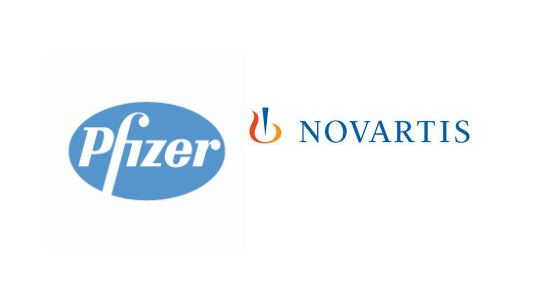
Two of the industry’s biggest companies have unveiled a new alliance in NASH, aimed at building up a sector-leading presence in the emerging disease area.
Non-Alcoholic Steatohepatitis (NASH) has been ‘the next big thing’ for a few years now, with many big pharma licensing deals for new treatments for the fatty liver disease, and racing with a handful of small biotech pioneers in the field to bring the first treatment to market.
Characterised by a build-up of fat that can lead to fibrosis, cirrhosis and in some patients the need for a liver transplant, NASH is viewed as an emerging health crisis – and an untapped pharma market as there are as yet no approved treatments.
Market analysts Research and Markets has forecast the NASH market will reach a very sizeable $20.68 billion by 2025, once the first competitors gain approval.
Novartis and Pfizer announced their collaboration yesterday, with the view to combining phase 1 and phase 2 assets in Pfizer’s pipeline with Novartis’ tropifexor, a non-bile acid, Farnesoid X receptor (FXR) agonist, currently in phase 2 itself.
The companies will conduct both non-clinical and phase 1 clinical studies of Pfizer’s investigational therapies, including an Acetyl CoA-Carboxylase (ACC) Inhibitor (PF-05221304, currently in phase 2), a Diacylglycerol O-Acyltransferase 2 (DGAT2) Inhibitor (PF-06865571, phase 1) and a Ketohexokinase (KHK) Inhibitor (PF-06835919, phase 2), together with Novartis’ candidate.
Pfizer says that in addition to these three assets in development, it also has several first-in-class pre-clinical candidates under investigation, it says the collaboration with Novartis will help it explore combination approaches at an early stage.

Pfizer’s Morris Birnbaum
“This is an exciting collaboration with Novartis that furthers our approach to this complex disease by exploring different and potentially complementary mechanisms of action,” said Morris Birnbaum, MD, PhD, SVP and chief scientific officer, Pfizer Internal Medicine.
“Our research in NASH dates back more than a decade and stems directly from how we have developed medicines to address conditions that put patients at risk for NASH, including type 2 diabetes and cardiovascular disease.
We are confident that by drawing from our history and deep understanding of the close interplay between metabolic, inflammatory and cardiovascular conditions, we can potentially uncover treatments that truly meet patient needs.”
Other companies such as Intercept, Allergan and Gilead have FXR agonists in their pipelines, but Gilead suffered a disappointment when its candidate failed to show efficacy a recent phase 2 read-out – news which cast doubt on the promise of all drugs in the class.
Intercept’s Ocaliva (obeticholic acid, an FXR agonist) and Genfit’s elafibranor (PPAR α and δ agonist) are already in phase 3, but have made slow progress, leaving the door open to rivals.
Novo Nordisk and Bristol-Myers Squibb are also all active in the field, while AstraZeneca has been busy this year signing new collaborations with the likes of Ionis.




